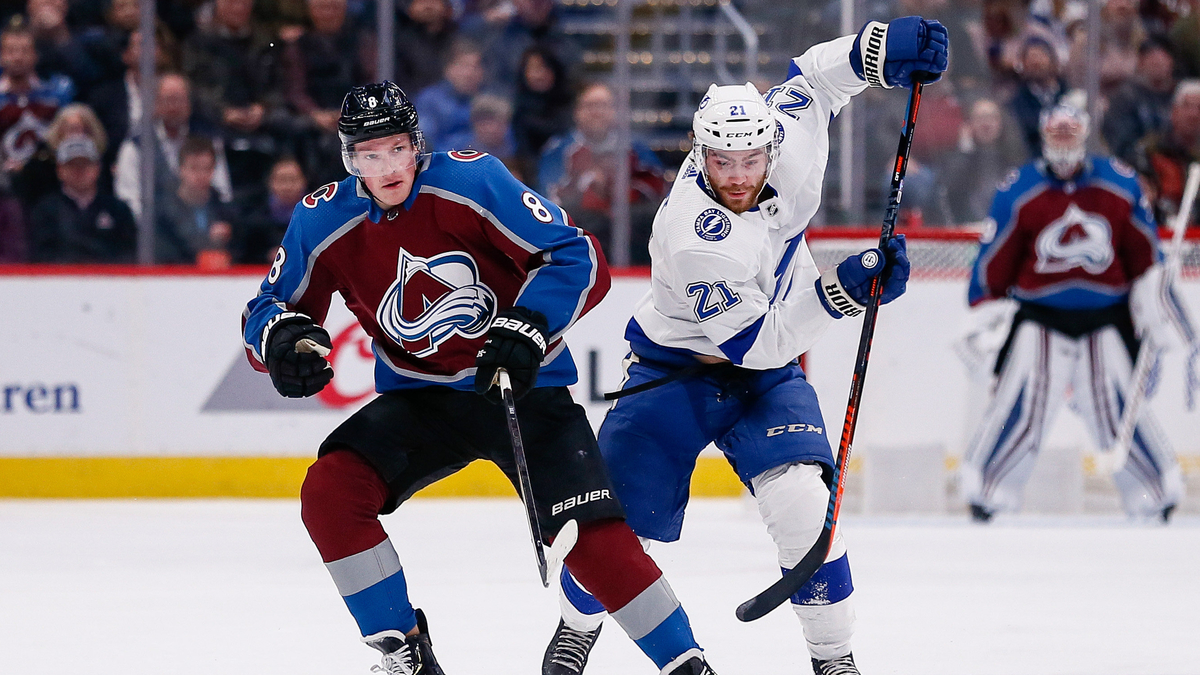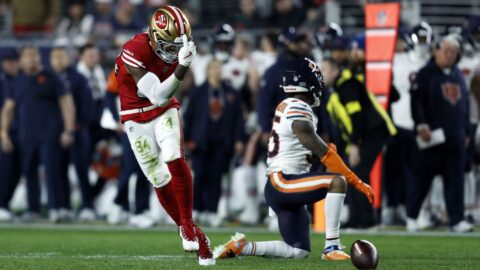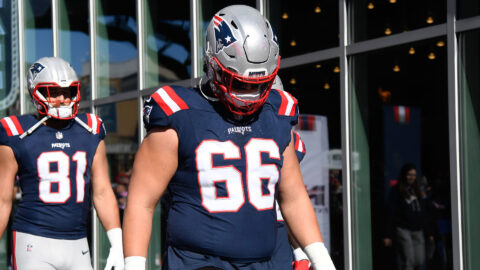Did Tom Brady have a successful first season away from the New England Patriots a success? That's impossible to properly judge until we see where this Tampa Bay Buccaneers playoff run ends.
But with the 2020 regular season complete, we do have a clear picture of how Brady's maiden Bucs voyage compares to his most productive Patriots campaigns from a statistical perspective.
First, some caveats: The collection of weapons Brady is playing with in Tampa (Mike Evans, Chris Godwin, Antonio Brown, Rob Gronkowski, Cameron Brate, Ronald Jones, Leonard Fournette) is more talented than almost any group he had in New England. He's also in a Bruce Arians-built offense that relies more on downfield passing than Josh McDaniels' Patriots scheme.
On the other hand, Brady is 43 years old -- he just became the oldest player ever to throw a touchdown pass in a playoff game -- and came to his new team without the benefit of a full offseason program or any preseason games.
As the Bucs prepare for their divisional-round playoff matchup with the New Orleans Saints, we reviewed a wide range of Brady stats -- from the basics like yards and touchdowns to advanced metrics like CPOE and DYAR -- to see how this 2020 season stacks up against others in the decorated quarterback's NFL career.
Only Brady's top five seasons in a given category are listed unless 2020 falls outside the top five. Years marked with asterisks indicate Brady led the NFL in that stat.
Passing yards:
1. 2011: 5,235
2. 2012: 4,827
3. *2007: 4,806
4. 2015: 4,770
5. 2020: 4,633
Completion percentage:
1. *2007: 68.9 percent
2. 2016: 67.4 percent
3. 2017: 66.3 percent
4. 2010: 65.9 percent
5. 2018: 65.8 percent
6. 2020: 65.7 percent
Passing touchdowns:
1. *2007: 50
2. 2020: 40
3. 2011: 39
T-4. *2015: 36
T-4. *2010: 36
Touchdown percentage:
1. *2007: 8.7 percent
2. *2010: 7.3 percent
3. 2020: 6.6 percent
4. 2016: 6.5 percent
5. 2011: 6.4 percent
Interceptions:
1. 2016: 2
2. 2010: 4
3. 2015: 7
T-4. 2012: 8
T-4. 2019: 8
T-4. 2017: 8
T-4. 2007: 8
8. 2014: 9
T-9. 2013: 11
T-9. 2018: 11
T-11. 2020: 12
Interception rate:
1. *2016: 0.5 percent
2. *2010: 0.8 percent
3. *2015: 1.1 percent
4. *2012: 1.3 percent
5. 2019: 1.3 percent
6. 2017: 1.4 percent
7. 2007: 1.4 percent
8. 2014: 1.5 percent
9. 2013: 1.8 percent
10. 2018: 1.9 percent
11. 2011: 2.0 percent
12. 2020: 2.0 percent
Yards per attempt:
1. 2011: 8.6
2. *2007: 8.3
3. 2016: 8.2
4. 2010: 7.9
5. 2017: 7.9
6. 2004: 7.8
7. 2009: 7.8
8. 2005: 7.8
9. 2015: 7.6
10. 2018: 7.6
11. 2020: 7.6
Passer rating:
1. *2007: 117.2
2. 2016: 112.2
3. *2010: 111.0
4. 2011: 105.6
5. 2017: 102.8
T-6. 2020: 102.2
QBR (since 2006):
1. *2007: 87.0
2. 2016: 79.4
3. *2010: 79.1
4. 2014: 76.2
5. 2012: 76.1
6. 2009: 74.1
7. 2011: 73.8
8. 2020: 72.4
Approximate value:
1. *2007: 24
2. 2011: 21
3. *2017: 19
T-4. 2010: 18
T-4. 2012: 18
6. 2015: 17
T-7. 2009: 18
T-7. 2014: 18
T-9. 2020: 15
Passer rating on deep passes (since 2006):
1. 2016: 124.4 (47 attempts)
2. 2020: 108.4 (91)
3. 2011: 107.8 (59)
4. 2018: 104.1 (65)
5. 2019: 102.1 (62)
Expected points added per play (EPA/play):
1. *2007: 0.385
2. 2011: 0.326
3. 2016: 0.319
4. 2012: 0.289
5. 2020: 0.285
Completion percentage over expected (CPOE; since 2006):
1. *2007: 7.4
2. 2011: 4.4
3. 2017: 3.5
4. 2016: 3.5
5. 2020: 3.4
EPA+CPOE:
1. *2007: 0.223
2. 2011: 0.189
3. 2016: 0.181
4. 2020: 0.170
5. *2017: 0.165
Defense-adjusted yards above replacement (DYAR):
1. *2007: 2,674
2. *2012: 2,035
3. *2009: 2,021
4. 2011: 1,994
5. *2010: 1,909
6. *2017: 1,595
7. 2020: 1,518
Defense-adjusted value over average (DVOA):
1. *2007: 54.1%
2. *2010: 46.7%
3. 2009: 40.4%
4. 2011: 35.3%
5. *2012: 35.1%
6. 2016: 33.4%
7. 2004: 31.6%
8. 2005: 28.6%
9. 2017: 27.8%
10. 2020: 25.0%
Pro Football Focus grade:
1. *2016: 94.9
2. *2017: 94.0
3. 2007: 93.8
4. 2020: 93.3
5. *2015: 91.6






